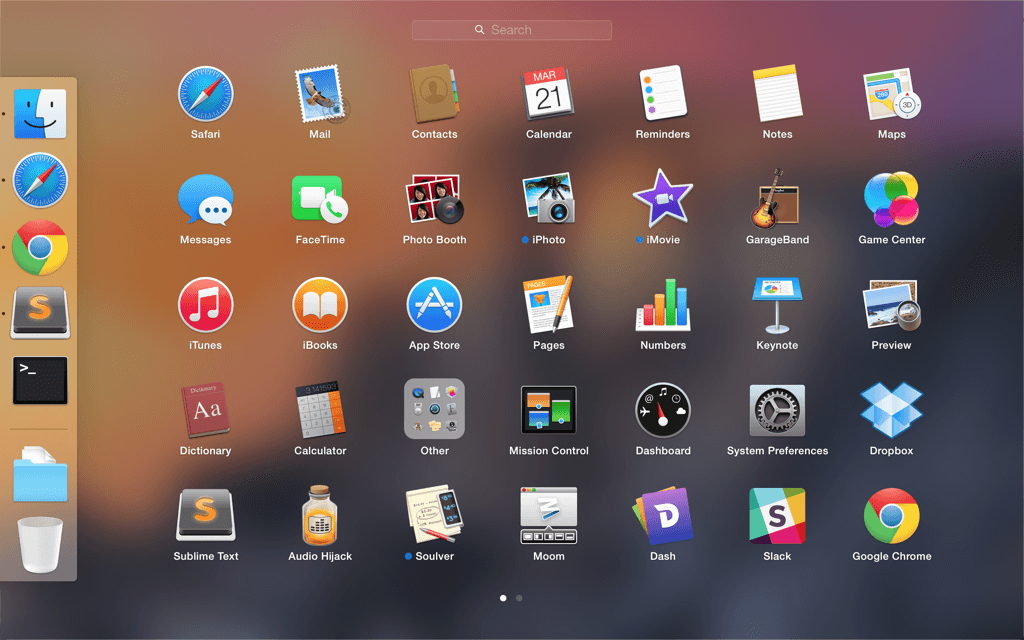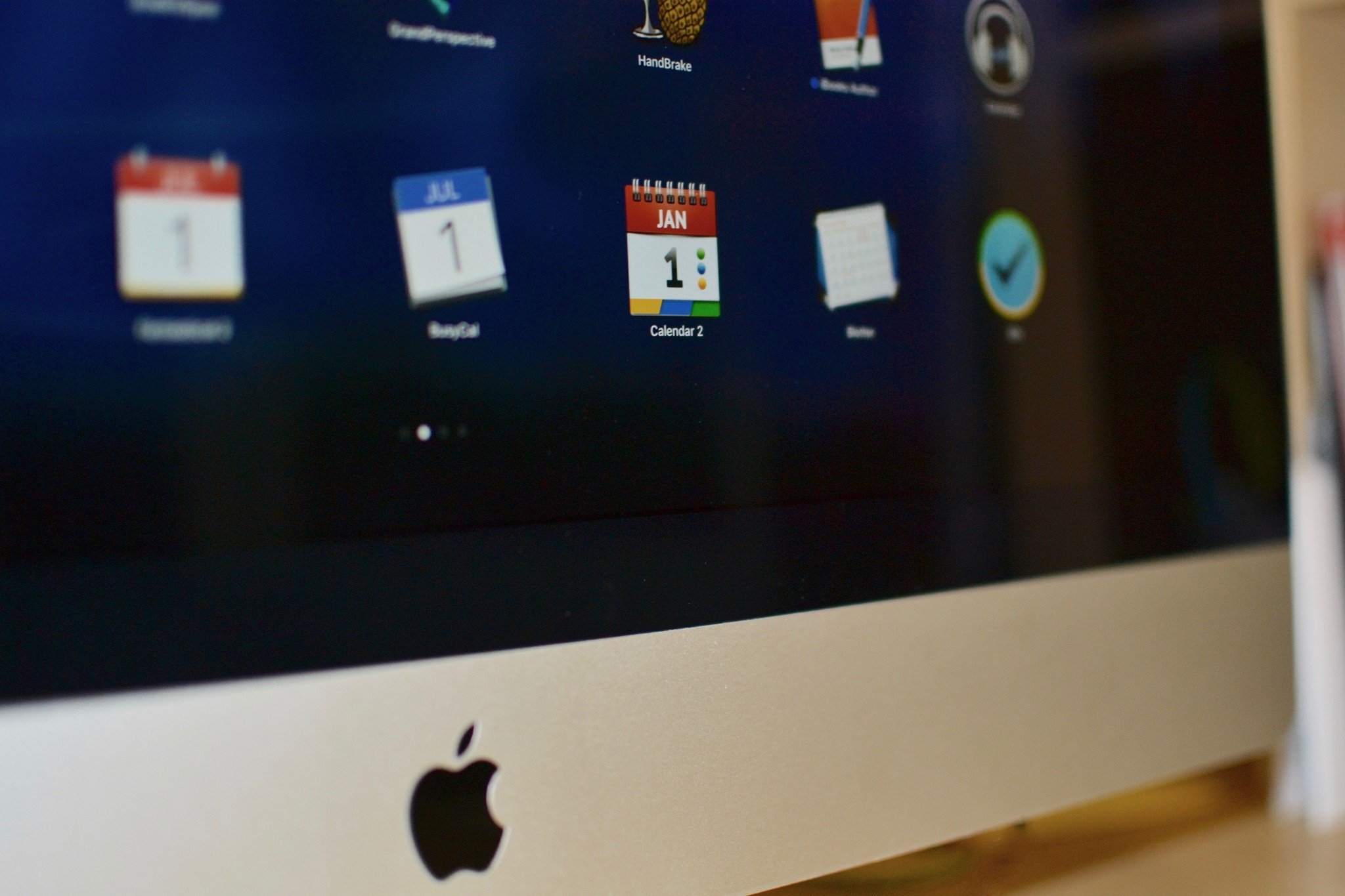- Capture tasks from different Microsoft apps and services and sync them with Microsoft To Do, from flagging emails as tasks in Outlook to lists from Cortana. Your tasks and lists are hosted securely on the Microsoft 365 service. Make your lists unique with customizable.
- Mar 10, 2016 Even if you have other apps open, they won’t show up on Volume Mixer until they actually make a sound. When you use an app to play a sound, that app appears in the Volume Mixer. You can adjust the volume for any app just by dragging its slider.
- If apps use different streams to play different sound then this possible and that is what most app exploit to support this feature. – Narayanan Oct 8 '15 at 6:02. I play games where I had situations when the music from my Music player and the game sounds play simultaneously. I also can play two different tracks at the same time.
- Dec 03, 2019 I think I need to backup my data as best I can an do a clean install. I don't have any issues with staying on Catalina but I've read High Sierra would be best on my hardware. I've installed a few different apps not all from the mac store, like Antivirus One, Cleaner One, Combo Cleaner, CCleaner, Disk Drill and Sync Folders.
- @JohnRamos The difference is that this question requires setting different volumes simultaneously. For example, you're listening to the news in a radio app, and Beethovens 5th in a music app at the very same time. You want to turn down the volume of Beethoven, but keep the news loud. – Revetahw says Reinstate Monica Jul 23 '16 at 6:22.
Updating to the latest version of macOS, or running a beta version of macOS on your Mac, doesn't have to be an all-or-nothing affair. It's possible to install two different operating systems on. As undesirable / unexpected behavior, where the user is surprised or frustrated that files of the same type are launching in different apps. For example they may be receiving email attachments from other Mac users, or be opening files on shared Mac volumes (in other words they could be inheriting the Creator code from another user).
One area where Windows has been leaps and bounds ahead of the Mac for years, if not decades, is volume control. Quite simply, sometimes you need to control volume on a finer level than OS X allows. Windows lets you adjust output volume for each individual application, but this isn’t possible natively on a Mac.

So we have to turn to third-party apps to grant us this ability. Both apps on this list offer the feature of adjusting volume by app. However, the apps each bring something different to the table, so explore the options and decide for yourself which is best.
Volume Mixer
Volume Mixer is the first Mac app on the list and it allows you to control system volume by application. The app sits in your menu bar so you can call it up as needed. Each app, much like on Windows, is accompanied by its own volume slider. Adjust it as you’d like, mute individual apps entirely or click Refresh to bring an app on par with the master volume.
Over in the Preferences, you can choose your default output source or just quickly change sources on the fly. You can also set highly convenient keyboard shortcuts for specific actions revolving around volume control. These include increasing the volume of an active app, decreasing the volume of an active app, toggling mute for an active app, increasing/decreasing/muting background sound and increasing/decreasing/muting notifications. If you want full control over your output audio, it doesn’t get much better than this.
Volume Mixer comes with a free seven day trial after which it’s $9.99 for two copies or $14.99 for lifetime updates. It’s fairly steep pricing, but if you need the features, it works great.
Background Music
Background Music is a simpler app that does much of the same thing as Volume Mixer. From your menu bar, you can adjust volume for individual applications. But in Background Music, the volume sliders aren’t relative to your master volume. Each slider by default is set to the middle and doesn’t change when you raise or lower your volume. That means that technically, if you have your volume all the way up, you could still give some apps a slight boost.
It also has a phenomenal feature that auto-pauses your music when another source of audio starts playing, then automatically continues playback when the other audio stops. It’s much like how music stops and resumes when you get a phone call on your iPhone. The auto-pause feature supports iTunes, Spotify, VOX and VLC.


Background Music is free, unlike Volume Mixer, but since the developer hasn’t officially published it anywhere, it must be installed from GitHub.
Note: The guide to installing Background Music is right on the GitHub page. If you have Xcode installed, just copy and paste the provided prompt into Terminal.
To manually install, download the ZIP file and unzip it. In Terminal, type cd followed by the path to where you unzipped the folder. Then install by typing /bin/bash build_and_install.sh.
ALSO SEE:How to Live Monitor Your Microphone Input on Mac
The above article may contain affiliate links which help support Guiding Tech. However, it does not affect our editorial integrity. The content remains unbiased and authentic.Also See#audio #music
Did You Know
Shazam identifies songs based on spectrogram.